Please see my plot below:

my code:
> head(data)
X0 X1 X2 X3 X4 X5 X6 X7 X8 X9
NM_001001144 6.52334 9.75243 5.62914 6.833650 6.789850 7.421440 8.675330 12.117600 11.551500 7.676900
NM_001001327 1.89826 3.74708 1.48213 0.590923 2.915120 4.052600 0.758997 3.653680 1.931400 2.487570
NM_001002267 1.70346 2.72858 2.10879 1.898050 3.063480 4.435810 7.499640 5.038870 11.128700 22.016500
NM_001003717 6.02279 7.46547 7.39593 7.344080 4.568470 3.347250 2.230450 3.598560 2.470390 4.184450
NM_001003920 1.06842 1.11961 1.38981 1.054000 0.833823 0.866511 0.795384 0.980946 0.731532 0.949049
NM_001003953 7.50832 7.13316 4.10741 5.327390 2.311230 1.023050 2.573220 1.883740 3.215150 2.483410
pd <- as.data.frame(scale(t(data)))
pd$Time <- sub("_.*", "", rownames(pd))
pd.m <- melt(pd)
pd.m$variable <- as.numeric(factor(pd.m$variable, levels = rev(as.character(unique(pd.m$variable))), ordered=F))
p <- ggplot(pd.m, aes(Time, variable))
p + geom_tile(aes(fill = value)) + scale_fill_gradient2(low=muted("blue"), high=muted("red")) +
scale_x_discrete(labels=c("0h", "0.25h", "0.5h","1h","2h","3h","6h","12h","24h","48h")) +
theme_bw(base_size=20) + theme(axis.text.x=element_text(angle=0, vjust=0.5, hjust=0, size=12),
axis.text.y=element_text(size=12), strip.text.y=element_text(angle=0, vjust=0.5, hjust=0.5, size=12),
strip.text.x=element_text(size=12)) + labs(y="Genes", x="Time (h)", fill="")
Is there a way to cluster the plot so that the plot displays the dynamics in the time course. I would like to use the clustering that comes out of:
hc.cols <- hclust(dist(t(data)))



